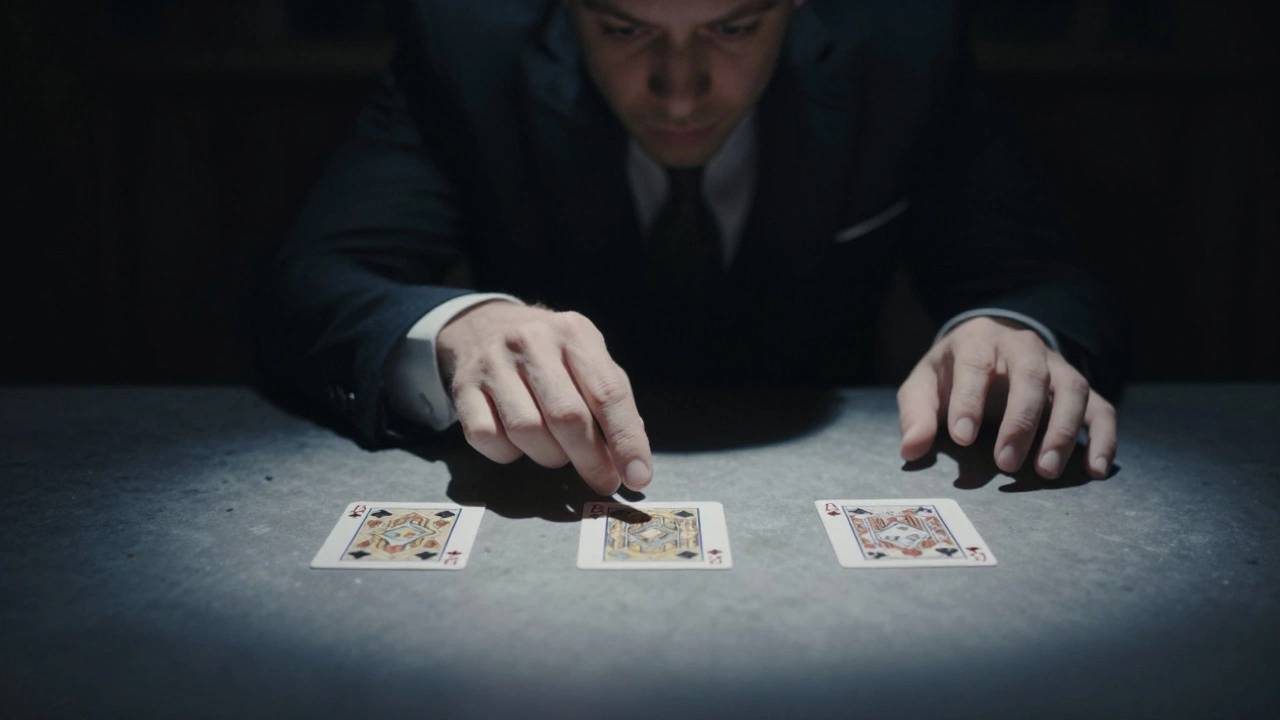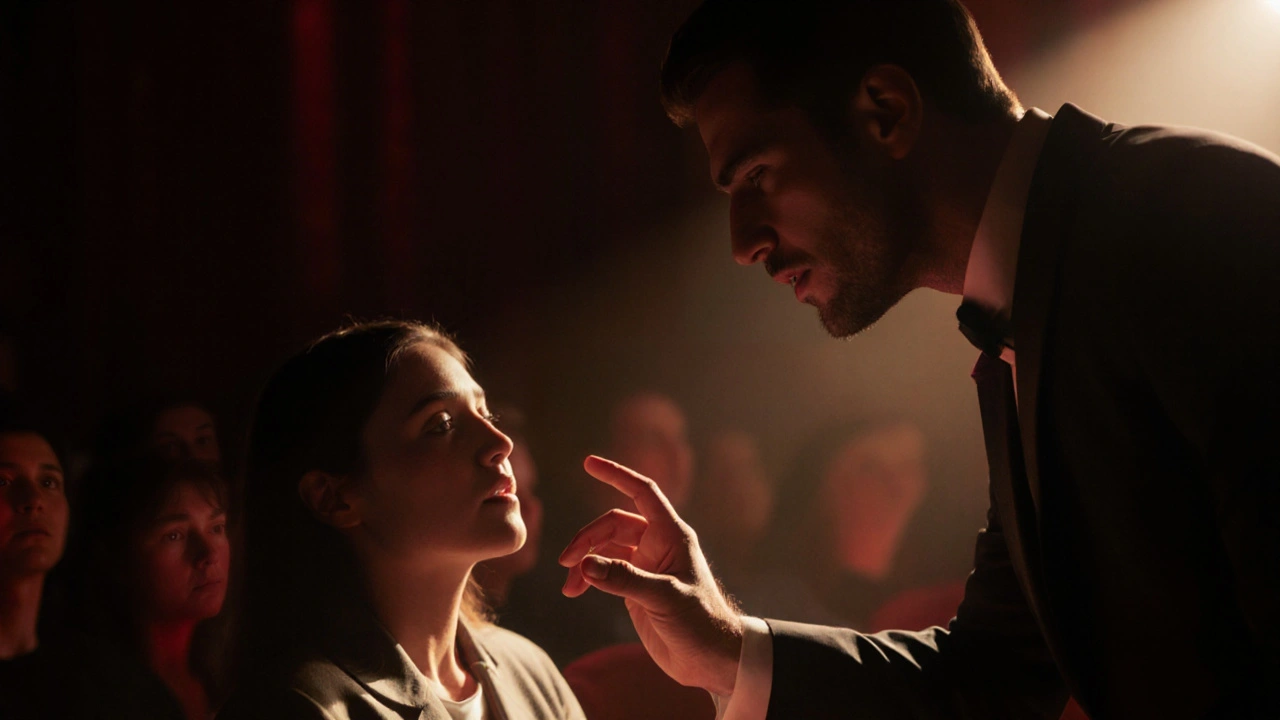Psychological Illusion: Master the Art of Mind Tricks
When you hear the term psychological illusion, a clever blend of perception tricks, suggestion and hidden cues that makes a stunt feel like real mind‑reading. Also known as mind trick, it lets performers shape what audiences think they see. A related practice called mentalism, the performance art that simulates extraordinary mental powers often relies on the same illusion techniques. Mind reading, the specific effect where a performer appears to know a spectator’s hidden thoughts is just one flavor. Finally, misdirection, the deliberate shift of audience attention that hides the method acts as the invisible hand that makes everything work.
At its core, a psychological illusion encompasses any effect that tricks the brain, not just the eyes. Think of it as a three‑part equation: perception + suggestion = illusion. Mentalism requires a solid knowledge of human psychology because the performer must guide thoughts without the audience noticing the push. That’s why we say psychological illusion requires misdirection; without shifting focus, the secret method would be exposed. In turn, mind‑reading tricks influence perception by using cold reading cues—subtle observations that feel like a psychic guess. This chain of cause and effect shows why learning one piece, like misdirection, instantly improves the others.
One of the most underrated tools in this toolkit is the use of “magic words.” Simple phrases such as “thank you,” “now,” or “watch closely” act as verbal anchors that steer attention. When a magician drops a magic word at just the right moment, the audience’s brain automatically fills in the missing piece, completing the illusion. This overlap of language and psychology highlights another semantic link: magic words affect misdirection, and misdirection supports mentalism. It’s a tight feedback loop that seasoned performers exploit to make a routine feel effortless.
Our collection below reflects these connections. You’ll find in‑depth looks at how long a mentalism course typically lasts, step‑by‑step demos for a mind‑reading trick, and advice on spotting the cues that mentalists use to predict the future. There are also practical guides on blending everyday magic tricks into your routine, plus a definitive list of 100 magic words you can start using tonight. Whether you’re curious about Oz the Mentalist’s claims or want to build your own cold‑reading skill set, the posts cover every angle of psychological illusion.
Key Concepts Behind Psychological Illusions
First, perception is not a passive film; it’s an active construction. Our brains fill gaps using expectations, which is why a well‑placed suggestion can feel like a revelation. Second, suggestion works best when paired with a physical cue—like a card flip or a subtle hand gesture—that reinforces the story you’re telling. Third, timing matters. A fraction of a second too early, and the audience catches the method; a fraction too late, and the effect loses impact. These three pillars—perception, suggestion, timing—form the backbone of every psychological illusion you’ll encounter in our articles.
Another essential piece is the performer’s confidence. Studies show that audiences mirror the confidence of the presenter, interpreting sure‑footedness as evidence of authenticity. That’s why many mentalists train with video feedback and rehearsal routines that mimic real‑world pressure. When you watch our guide on “How Long Does a Mentalism Course Take?” you’ll see why practice schedules are built around building that confidence gradually.
Finally, remember that psychological illusion is a two‑way street. The audience brings their own biases, cultural references, and personal experiences into every performance. By studying those variables—like why “thank you” feels like a magic word—you can tailor your routine to hit the sweet spot for any crowd. Our post on “Is ‘Thank You’ the Ultimate Magic Word?” dives deep into that exact question.
As you scroll through the list, keep these ideas in mind: each article adds a layer to the big picture of psychological illusion, from the science behind cold reading to the art of combining magic words with misdirection. Ready to see how the pieces fit together? Dive in and start turning perception into performance.

What Is Three Peeking? The Mentalism Trick That Tricks Your Eyes
- by Sophia Levet
- on 1 Dec 2025
Three peeking is a psychological card trick that makes people believe they chose freely-when they were subtly guided. It works because of human behavior, not magic.

Mentalism Secrets Revealed: How Mind‑Reading Tricks Work
- by Cameron McComb
- on 13 Oct 2025
Discover the psychology, techniques, and common tricks behind mentalism, plus a step‑by‑step guide to start practicing mind‑reading effects.
